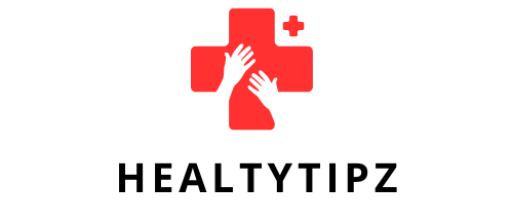5 Ways to Save Money on Health Insurance Premiums in 2025
Health insurance affordability is a significant priority in 2025. Federal policy changes, revised IRS restrictions for tax-advantaged accounts, and marketplace regulatory adjustments mean there are new options to pay less — and a few new traps to avoid. The five solutions outlined here are practical, current, and effective, allowing you to reduce rates without losing fundamental coverage.

1. Shop the marketplace and confirm premium tax credit eligibility.
If you get coverage via your state or the federal Health Insurance Marketplace, don’t assume that last year’s plan is still the greatest value. If you qualify, premium tax credits and cost-sharing reductions can significantly lower your monthly premiums and out-of-pocket expenses. Run the Marketplace estimator throughout open enrollment and if your household income or family size changes – requirements and amounts might vary from year to year. Checking eligibility throughout each enrollment session ensures that you capture credits and avoid surprises.
2. Combine an HSA with a high-deductible health plan (HDHP).
Monthly premiums are reduced by choosing a high-deductible health plan as opposed to one with a lower deductible. Combine a Health Savings Account (HSA) and an HDHP if you qualify. Pre-tax (or tax-deductible) contributions, tax-free profits, and tax-free withdrawals for approved medical costs are the three tax benefits offered by HSAs. HSAs are now more beneficial for both short-term medical needs and long-term savings thanks to increases in contribution limits for 2025 (for instance, $4,300 for individual coverage and $8,550 for family coverage). This combination frequently reduces net yearly health expenditures if you can afford a higher deductible and gradually increase the HSA.
3. Take use of pre-tax funds and company advantages.
Utilize all of the tax-saving choices that your company provides if you are eligible for workplace coverage. Your taxable income is decreased and medical expenses are offset by employer contributions to HSAs, pre-tax Flexible Spending Accounts (FSAs), and Excepted Benefit HRAs (EBHRAs). Companies may also provide premium discounts or wellness incentives to employees who participate in healthy-living initiatives. Employer contributions and pre-tax benefits sometimes make an employer plan the most cost-effective option, even if its sticker price appears higher. Request a detailed example from HR that contrasts company and individual purchases.
4. Examine the entire yearly cost rather than just the monthly charge.
Although it might be deceptive, a cheap monthly premium is appealing. Examine the entire anticipated yearly cost, which includes your deductible, prescription drugs, copays, coinsurance, and monthly premiums. A Bronze plan (lower premium, increased cost-sharing) can be more cost-effective if you don’t utilize care very often. The higher premium but reduced cost-sharing of a Silver or Gold plan may end up being less expensive over the course of the year if you consult specialists, take prescription drugs often, or have a chronic illness. Compare provider networks as well: Although premiums for narrow-network plans are frequently lower, they might be very expensive if your chosen providers are not included. Before enrolling, always practice a few “expected-care” scenarios.
5. Lower risk with telemedicine, preventative care, and more intelligent medications
Long-term expenditures are decreased by prevention. Use yearly exams, screenings, and vaccinations to lower the risk of later, costly treatment. The majority of marketplace and employer plans include free coverage for a range of preventive care. Telehealth can be far less expensive than urgent care or emergency room visits for mild symptoms. Inquire about therapeutic substitutes that lower monthly expenditures, 90-day mail-order possibilities, and generic versions of drugs. Preventive treatment and reduced per-visit expenses can eventually contribute to a healthier risk pool for the plan and more moderate premium increases.
Concluding remarks
Annual review is important since IRS upgrades and federal policy decisions that are still being made may affect premiums in 2025. You may frequently lower your premiums without compromising necessary coverage by using the Marketplace, verifying your eligibility for subsidies, taking advantage of employer tax benefits, matching HDHPs with HSAs where suitable, and considering the entire cost each year. During open enrollment, pay attention to announcements from the marketplace and policy so you can adjust if regulations change.
KFF +1
Begin saving now.



